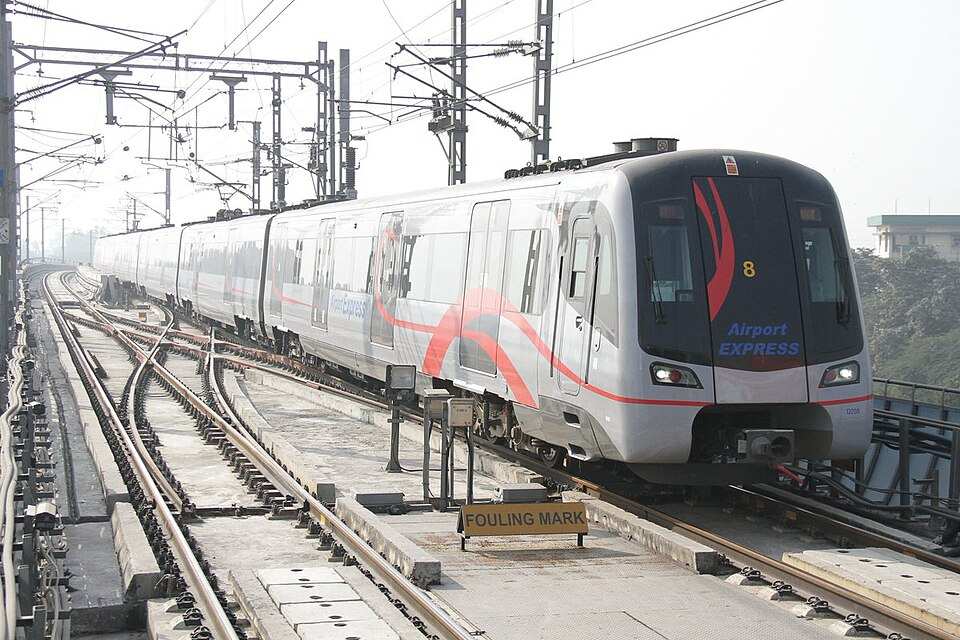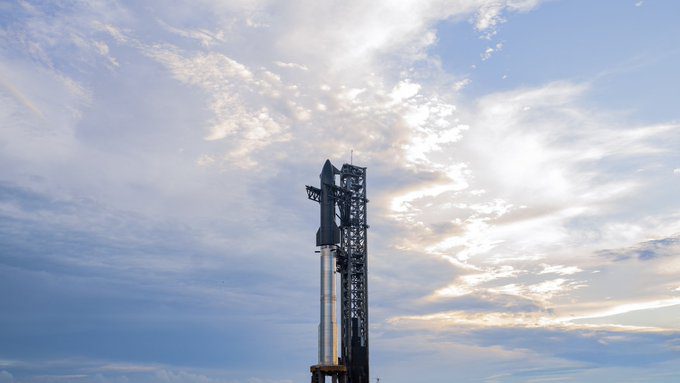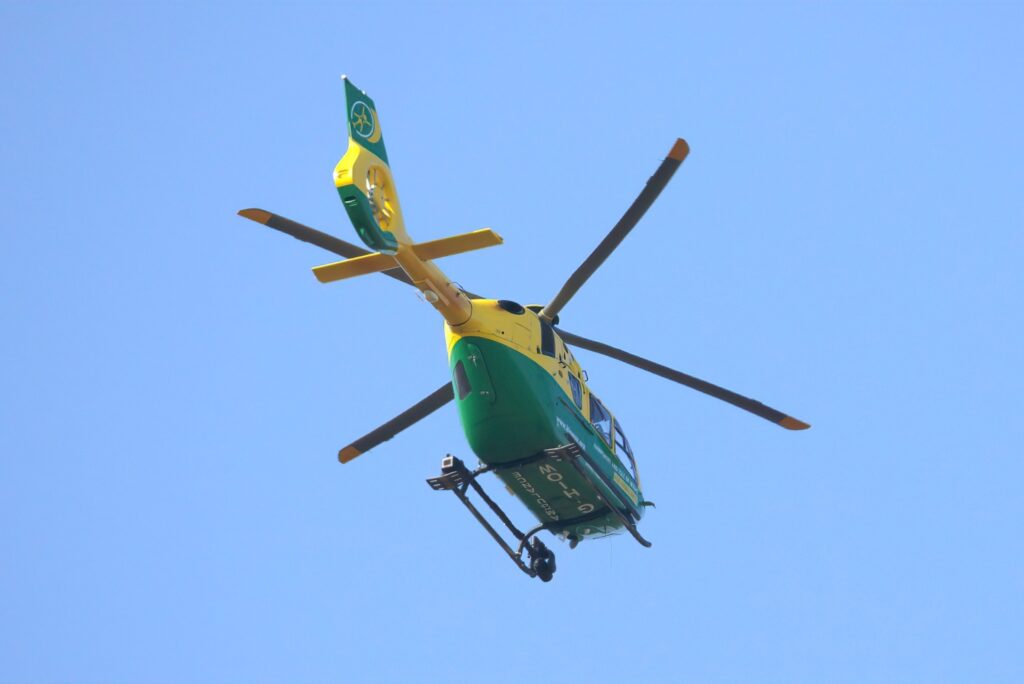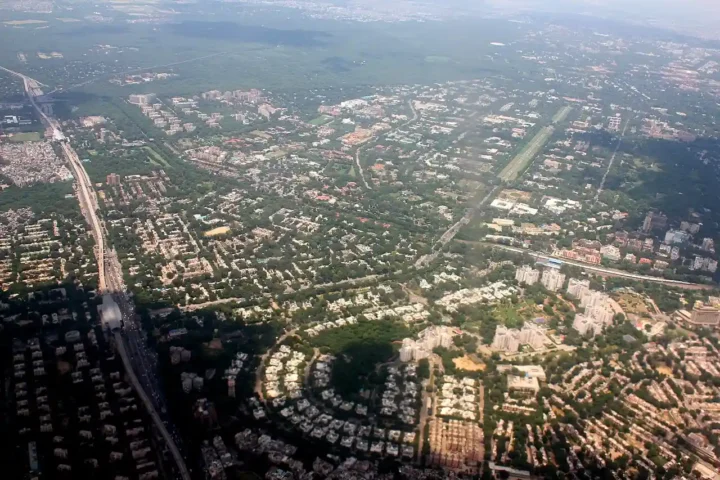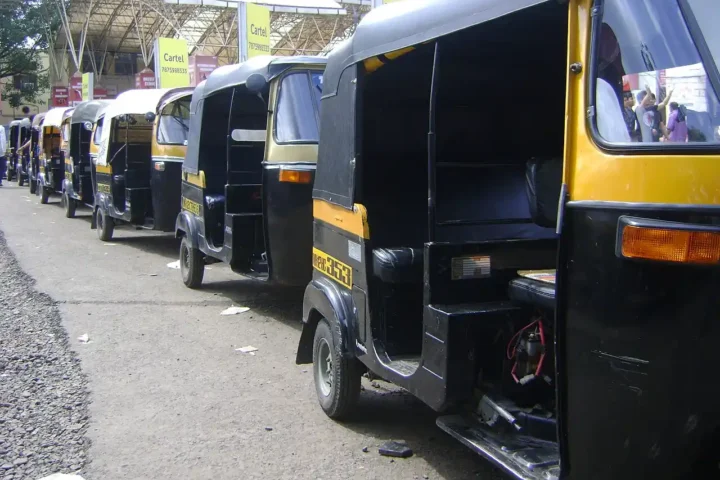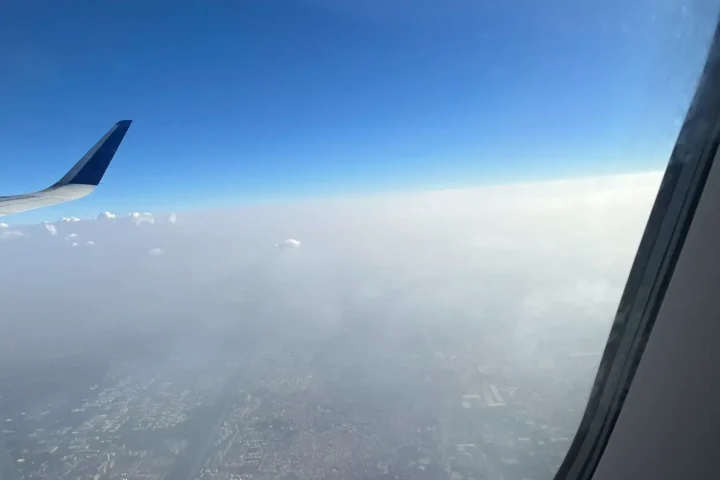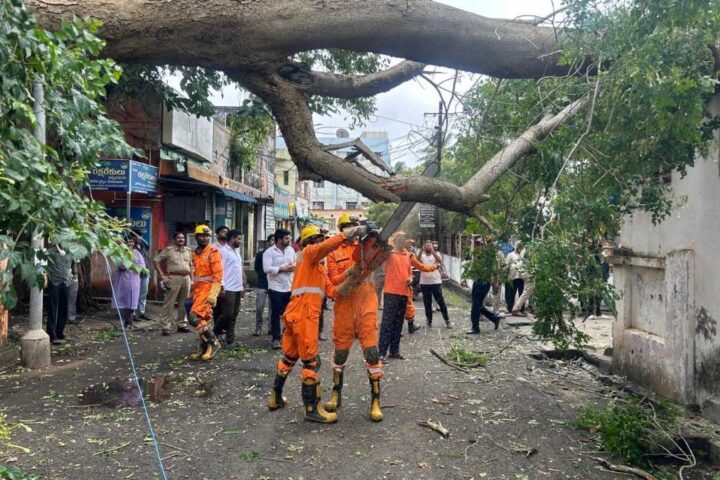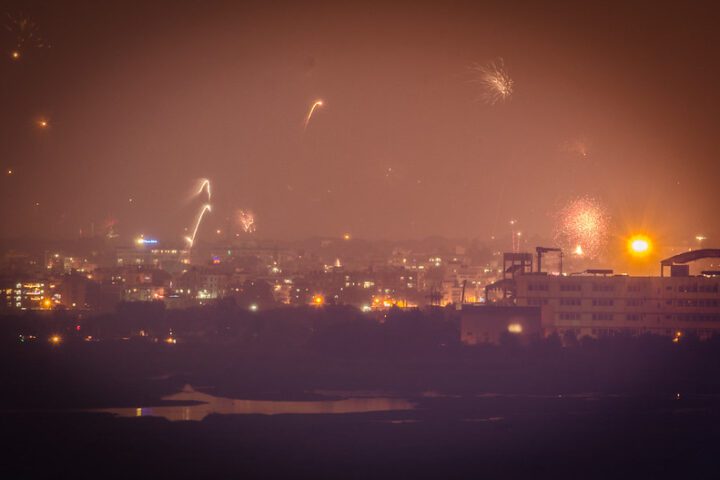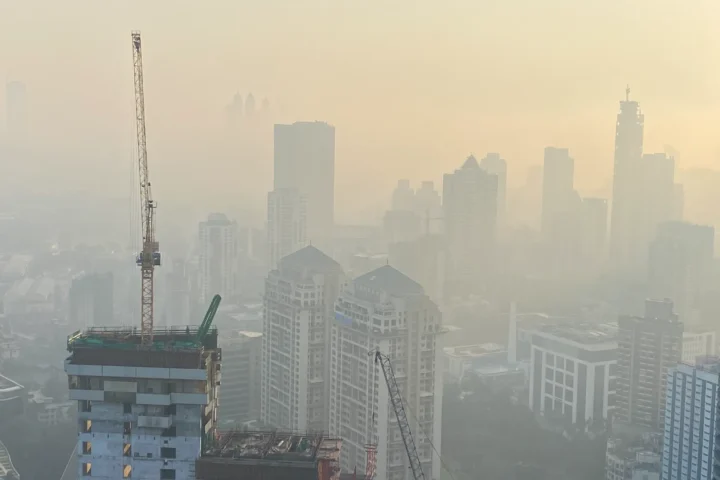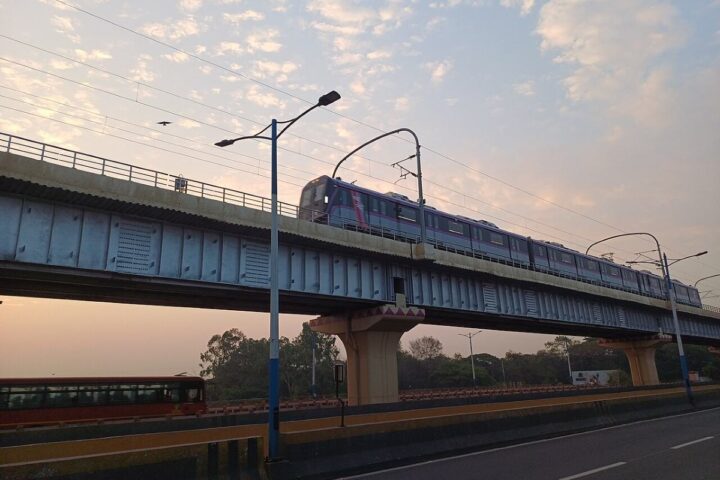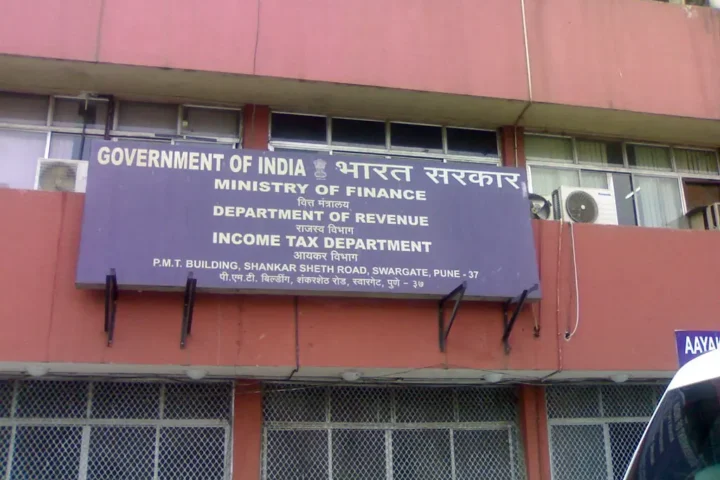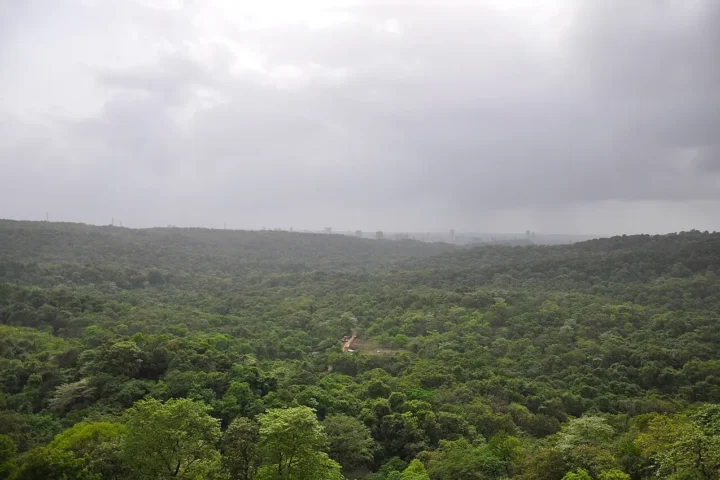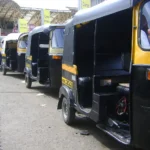Your Delhi Metro ride costs more starting today. The Delhi Metro Rail Corporation (DMRC) has implemented its first fare hike since 2017, with ticket prices increasing by ₹1 to ₹4 on regular lines and up to ₹5 on the Airport Express Line.
For the millions of daily riders across Delhi NCR, the new minimum fare stands at ₹11 (for 0-2 km journeys) while the maximum weekday fare reaches ₹64 (beyond 32 km). Sunday and national holiday fares top out at ₹54.
“The passenger fares of the Delhi Metro services have been revised with effect from 25th August 2025… minimal increase ranging from ₹1 to ₹4 only depending on the distance of travel (upto ₹5 for the Airport Express Line),” DMRC announced through its verified social media accounts yesterday.
New Fare Structure (Effective August 25, 2025)
Weekday Fares (Monday-Saturday):
- 0-2 km: ₹11
- 2-5 km: ₹21
- 5-12 km: ₹32
- 12-21 km: ₹43
- 21-32 km: ₹54
- Beyond 32 km: ₹64
Sunday/National Holiday Fares:
- 0-2 km: ₹11
- 2-5 km: ₹11
- 5-12 km: ₹21
- 12-21 km: ₹32
- 21-32 km: ₹43
- Beyond 32 km: ₹54
The Airport Express Line, which connects New Delhi Railway Station to IGI Airport, sees increases of up to ₹5.
Smart Card Users Save Money
Commuters using smart cards continue to receive a 10% discount. An additional 10% discount applies during off-peak hours (before 8 am, 12-5 pm, and after 9 pm), allowing regular travelers to save up to 20% cumulatively.
Smart cards can be recharged online via DMRC’s smart-card portal, the DMRC app, or through third-party wallets.
Why Fares Are Going Up
The DMRC cites several factors behind the fare revision:
- Rising electricity tariffs
- Mid-life refurbishment costs for aging trains
- Staff salary increases
- Repayment obligations to the Japan International Cooperation Agency (JICA), a key lender for Delhi Metro expansion
- Revenue losses during the COVID-19 pandemic
The hike follows recommendations from the 4th Fare Fixation Committee, a statutory body under the Metro Railways (Operations and Maintenance) Act, 2002.
Historical Context: Rare Fare Changes
This marks only the sixth fare revision in Delhi Metro’s history, with previous hikes occurring in 2004, 2005, 2009, and twice in 2017 (May and October).
Many commuters have expressed concern about the fare increase. According to news reports, some travelers have noted that while the increase seems small per trip, it adds up significantly for daily users.
Network Reach
The fare hike affects one of India’s largest urban transit networks. Delhi Metro spans approximately 390 kilometers with 285 stations across its network, with interchange connectivity to the Noida Metro Aqua Line (operated separately by NMRC).
The revised fares, while higher than before, are described by DMRC as among the lowest for comparable metro systems globally.
For detailed journey planning with the new fares, commuters can use the fare calculator on DMRC’s official website or mobile application.The fare chart and official announcement are available on DMRC’s verified social media channels and website.
